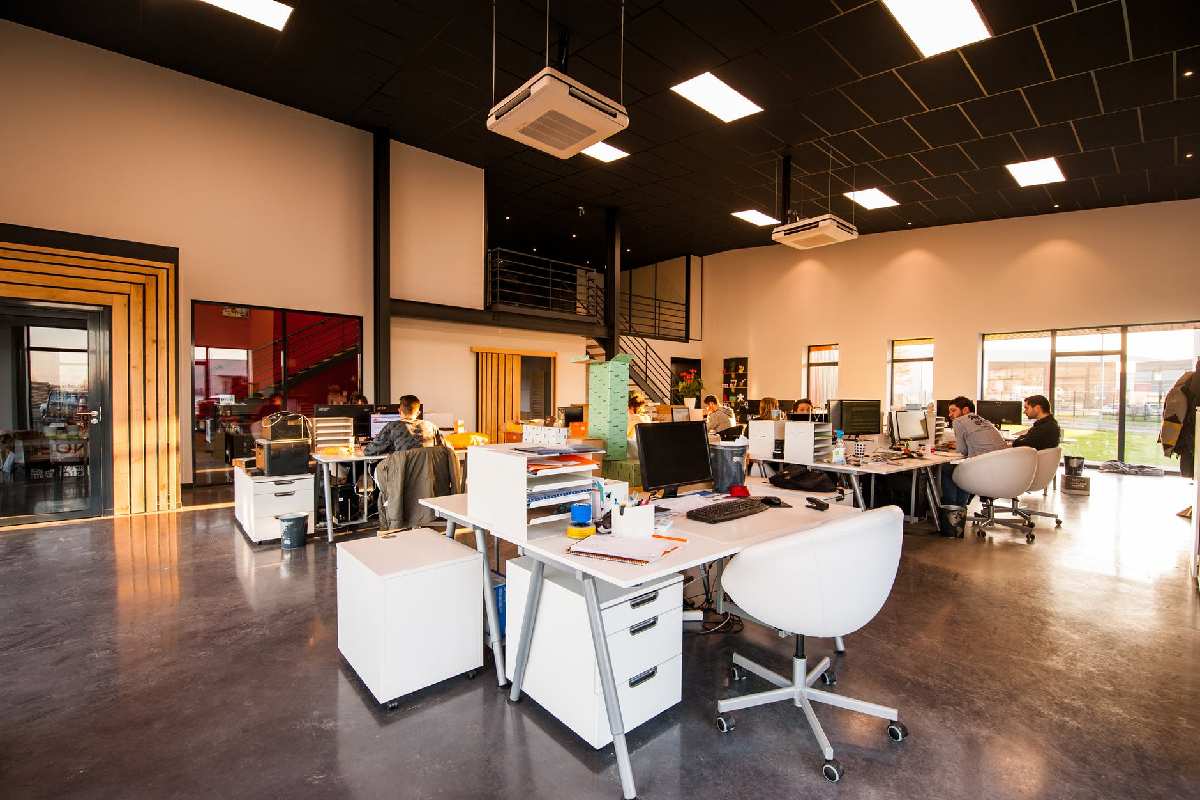
How Companies Are Incentivising The Return To The Office
How Companies Are Incentivising The Return To The Office – Last year much of the UK workforce were pushed from the office to their homes. Upon the call from the Prime Minister to stay home unless absolutely necessary, plenty of business owners had cause for concern. Prior to the COVID-19 pandemic few businesses offered remote working, and even fewer embraced a full time work from home model. Rightfully there was trepidation about the impact that this would have on productivity and employee well being.
Fast forward a year and the outlook has largely shifted. Employees now have a considerable amount of faith in the home working model, so much so that for many it’s become a basic requirement for the majority. 54% of staff now say that they would consider leaving a job that did not offer some form of remote working.
What does this mean for companies that want staff back in the office? It does present a challenge, and a failure to adapt at least some forms of enhanced employee flexibility is risky. Already companies like Apple and Dyson are bucking the trend towards remote work, with the former already experiencing a high amount of backlash from staff.
For those companies, and others like it, the hesitancy to work remotely is almost understandable. Such entities thrive on innovation and collaboration, so much so that Apple’s new headquarters is intentionally a giant circle to encourage random meetings of departments that would never see each other from their home office.
But how do companies overcome the challenge of employees to remain at home? Many are already laying out their adaptation plans, however what staff have to say about them is another question. In this article we will examine some of the most common ways that businesses are changing to get people back in the office.
Table of Contents
Improved Well-Being Perks
Larger businesses in particular are opting to invest in employee perks rather than additional IT equipment to allow working from home. How effective this will be is certainly up for debate, but companies such as Dyson are opting to give employee’s free lunch, access to an on-site doctor and even a hairdresser.
Opting to support employee wellbeing is certainly one of the best ways to ensure that employees feel valued while you still require them to work in person. Increasingly more businesses are also opting for corporate health insurance plans, which give staff access to private healthcare. Previously a rare benefit for all but the largest companies, healthcare perks will only become more common as time progresses and the appetite for a return to the office is increased.
Hybrid Model
By far the most common solution for UK companies is an introduction of the hybrid working model. By effectively shutting the office on preset days businesses can help maintain a sense of order, with a schedule that would allow for in person meetings and encounters while still allowing the comforts of home.
The real bump in the road comes in two forms. Firstly for some the suggested split of office to home working is not sufficient. Many are opting for a split of 3:2 or 2:3, which in theory is a fair place to start, however for most the fact businesses aren’t allowing them to select which days they are in is a shackle they would rather avoid. Being firm with the days in the office has its downsides in this regard.
Secondly there is concern that the hybrid model is too easily changed, and that companies are only adopting these measures as a means to an end. Certainly in the earlier case of Apple this seems to be the case with constant changing of the company line on when it is acceptable to work from home. Firmly establishing the hybrid model is crucial to keep the faith, and can be as simple as buying equipment that allows staff to work from home for the foreseeable.
Flexi Time
While remote working was blown wide open by COVID-19, the same demand from employees is still less common for flexi time. For those working in the city the freedom of starting times can be a huge benefit to avoid congestion during peak travel.
The majority of companies don’t offer both a remote working and flexi time option, so that is immediately one factor that could put off potential future job candidates or cause current staff to move on. Given the appetite for remote working it’s questionable how effective using flexi time as an alternative is, however there are clear benefits to businesses.
Firstly paying rent for an office building that is only in use 2 or 3 days a week is not ideal, the option of flexible hours solves this issue. Furthermore while this model may cause fewer in person encounters, this will be to a much lesser extent than many realise.
For instance consider the window where a person would reasonably work an 8 hour day. The vast majority of staff in the office would start their day between 6am and 10am, so there would still be a minimum of 4 hours overlap daily for the entire team in all likelihood. This could be an even more appealing option as time goes on and more companies try to get staff back to work.
Adapting The Workspace
A few years ago the idea of taking a work video call in your living room, or even your garden, was unthinkable. While some would still consider it a little rude there is no doubt that the freedom to move around our homes as we worked was a big appeal. Long meeting? Taking your laptop downstairs to the sofa just seemed second nature.
Companies welcoming employees back to the office have tried to adapt to these principals, and avoid that ‘chained to the desk’ feeling. Introducing more break out and meeting areas, as well as a range of comfy seating is certainly a great idea to encourage staff to use the space as they see fit.
Additional ideas for the workspace could also include the introduction of standing desks and other equipment that is designed to allow people freedom to work in whatever conditions they prefer.


